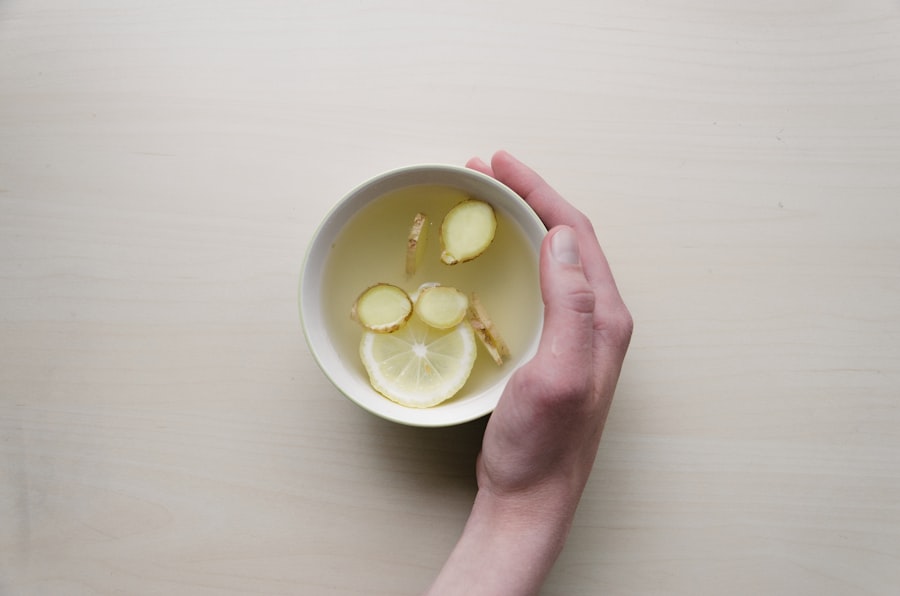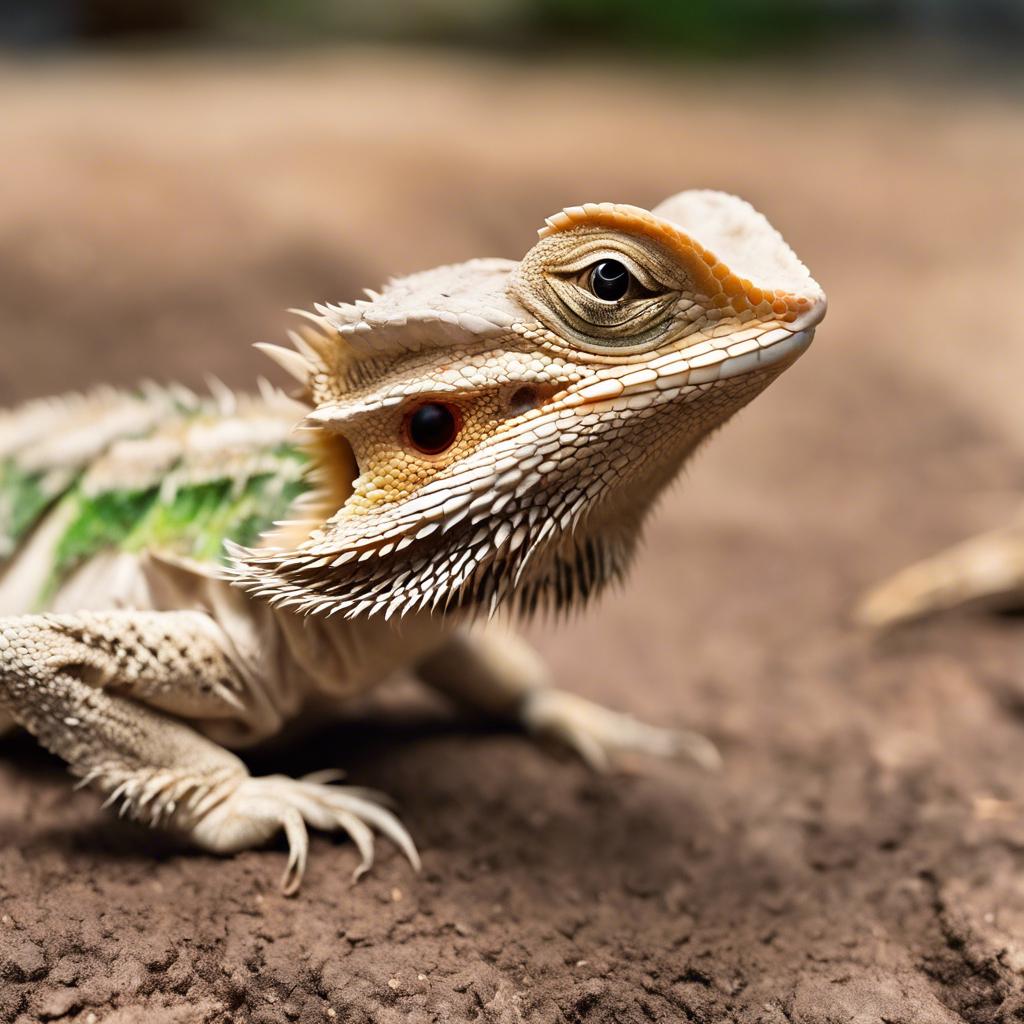Bearded dragons are popular reptile pets known for their unique appearance and docile nature. These fascinating creatures require specific care, including a proper diet that meets their nutritional needs. Understanding the dietary requirements of bearded dragons is crucial for their overall health and well-being.
Key Takeaways
- Bearded dragons require a balanced diet of protein, vegetables, and fruits.
- Crickets are a staple food for bearded dragons due to their high protein content.
- Bearded dragons should eat 10-20 crickets per day, depending on their size and age.
- Overfeeding or underfeeding bearded dragons with crickets can lead to health problems.
- Factors that affect the number of crickets bearded dragons need include age, size, and activity level.
Understanding the dietary needs of bearded dragons
Bearded dragons are omnivorous, meaning they eat both plant matter and animal protein. In the wild, their diet consists of insects, small vertebrates, and vegetation. As pets, it is important to replicate this balanced diet to ensure they receive all the necessary nutrients.
Variety is key when it comes to feeding bearded dragons. Offering a diverse range of foods helps prevent nutritional deficiencies and keeps them interested in their meals. A well-rounded diet should include a mix of insects, vegetables, fruits, and commercial diets specifically formulated for bearded dragons.
Why crickets are a staple food for bearded dragons
Crickets are one of the most commonly fed insects to bearded dragons due to their nutritional value and availability. They are high in protein, which is essential for growth and muscle development in bearded dragons. Additionally, crickets are easy to digest, making them a suitable choice for these reptiles.
Crickets are readily available at pet stores and online suppliers, making them a convenient option for feeding bearded dragons. They can be purchased in various sizes to accommodate the different stages of a bearded dragon's life.
How many crickets should bearded dragons eat per day?
The number of crickets a bearded dragon should eat per day depends on its age and size. Younger dragons require more frequent feedings and smaller prey items compared to adult dragons.
As a general guideline, baby bearded dragons should be fed 20-60 appropriately sized crickets per day. Juvenile dragons can consume 40-80 crickets daily, while adult dragons typically eat 10-20 crickets per day.
The importance of feeding bearded dragons the right amount of crickets
Feeding bearded dragons the appropriate number of crickets is crucial for their overall health. Overfeeding can lead to obesity, which can have serious health implications such as joint problems and fatty liver disease. On the other hand, underfeeding can result in malnutrition and stunted growth.
It is important to monitor your bearded dragon's weight and adjust the number of crickets accordingly. Regular veterinary check-ups can also help ensure that your dragon is receiving the right amount of food.
Factors that affect the number of crickets bearded dragons need

Several factors can influence the number of crickets a bearded dragon requires. Activity level plays a role, as more active dragons may require additional calories. Metabolism also varies among individuals, so some dragons may need more or fewer crickets to maintain a healthy weight.
The health status of a bearded dragon can also affect its appetite and dietary needs. Illness or injury may require adjustments to the feeding routine, so it is important to consult with a veterinarian if you notice any changes in your dragon's behavior or appetite.
How to determine the appropriate number of crickets for your bearded dragon
To determine the appropriate number of crickets for your bearded dragon, it is essential to weigh and measure your pet regularly. This will help you track their growth and adjust their diet accordingly.
Consulting with a veterinarian who specializes in reptiles is highly recommended. They can provide personalized guidance based on your dragon's specific needs and help you create a feeding plan that promotes optimal health.
Signs of overfeeding or underfeeding bearded dragons with crickets
It is important to be aware of the signs of overfeeding or underfeeding in bearded dragons. Overfeeding can lead to obesity, which is characterized by excessive weight gain, lethargy, and difficulty moving. On the other hand, underfeeding can result in malnutrition, which may manifest as weight loss, weakness, and poor growth.
Digestive issues such as diarrhea or constipation can also indicate an imbalance in the diet. If you notice any of these signs, it is important to consult with a veterinarian to address the issue promptly.
Alternatives to crickets for bearded dragons' diet
While crickets are a staple food for bearded dragons, they should not be the sole component of their diet. It is important to offer a variety of foods to ensure they receive all the necessary nutrients.
Vegetables and fruits should make up a significant portion of a bearded dragon's diet. Dark leafy greens such as kale, collard greens, and mustard greens are excellent choices. Fruits such as berries and melons can be offered as occasional treats.
Other insects such as mealworms, waxworms, and dubia roaches can also be included in a bearded dragon's diet. These insects provide additional protein and variety.
Commercial diets specifically formulated for bearded dragons are also available. These diets often come in pellet or powder form and can be mixed with water to create a nutritious meal for your dragon.
How to properly prepare crickets for bearded dragons
Before feeding crickets to your bearded dragon, it is important to prepare them properly. This process involves gut-loading and dusting the crickets with supplements.
Gut-loading refers to feeding the crickets a nutritious diet before offering them to your dragon. This ensures that the crickets are packed with essential nutrients that will be passed on to your pet.
Dusting the crickets involves coating them with calcium and vitamin supplements. This step helps ensure that your dragon receives all the necessary vitamins and minerals it needs for optimal health.
Tips for feeding crickets to bearded dragons
Feeding crickets to bearded dragons can be a bit challenging, but with some tips, it can become a smooth process. Establishing a feeding schedule is important to ensure your dragon receives regular meals. Feeding them at the same time each day can help establish a routine.
To prevent crickets from escaping, it is recommended to use a separate feeding enclosure or container. This will make it easier to monitor how many crickets your dragon consumes and prevent any unwanted guests in their habitat.
It is important to monitor your dragon for any adverse reactions to crickets. Some individuals may have allergies or sensitivities to certain insects. If you notice any signs of discomfort or illness after feeding crickets, consult with a veterinarian.
Providing a balanced and appropriate diet is essential for the health and well-being of bearded dragons. Understanding their dietary needs, including the importance of crickets as a staple food, is crucial for their overall health. By monitoring their weight, consulting with a veterinarian, and offering a variety of foods, you can ensure that your bearded dragon receives all the necessary nutrients for a long and healthy life.
If you're curious about how many crickets bearded dragons eat, you might also be interested in learning about the safety of Pothos plants for these reptiles. Pothos plants are a popular choice for bearded dragon enclosures, but are they safe? Find out in this informative article on Reptile Wizard: Are Pothos Safe for Bearded Dragons? While you're there, don't forget to check out other helpful articles like “Can Bearded Dragons Die from Stress?” and more on Reptile Wizard's website.
FAQs
What is a bearded dragon?
A bearded dragon is a type of lizard that is native to Australia. They are popular pets due to their docile nature and ease of care.
What do bearded dragons eat?
Bearded dragons are omnivores, meaning they eat both plants and animals. Their diet should consist of a variety of insects, such as crickets and mealworms, as well as vegetables and fruits.
How many crickets should I feed my bearded dragon?
The amount of crickets a bearded dragon should eat depends on its age and size. As a general rule, juvenile bearded dragons should be fed 20-30 appropriately sized crickets per day, while adult bearded dragons should be fed 10-15 crickets per day.
What size crickets should I feed my bearded dragon?
The size of crickets you should feed your bearded dragon depends on its size. As a general rule, juvenile bearded dragons should be fed small crickets (1/4 inch to 1/2 inch), while adult bearded dragons can be fed larger crickets (1/2 inch to 1 inch).
Can bearded dragons eat other insects besides crickets?
Yes, bearded dragons can eat a variety of insects, including mealworms, waxworms, and roaches. However, it is important to ensure that the insects are appropriately sized and gut-loaded (fed a nutritious diet) before feeding them to your bearded dragon.

